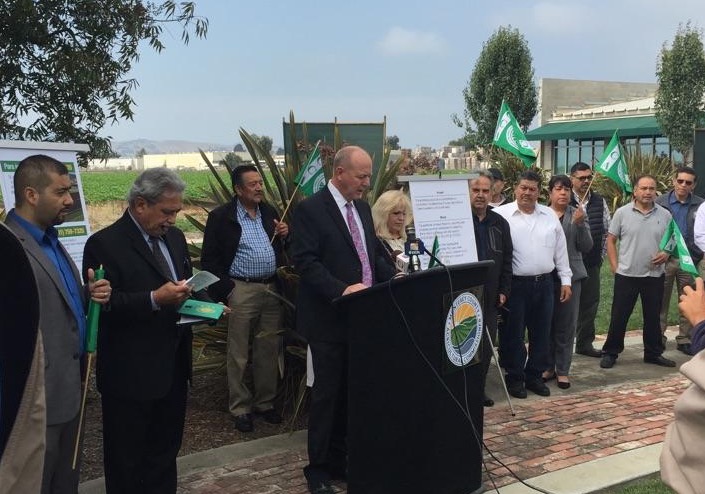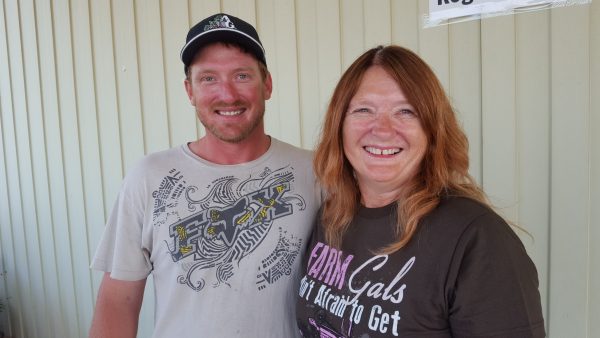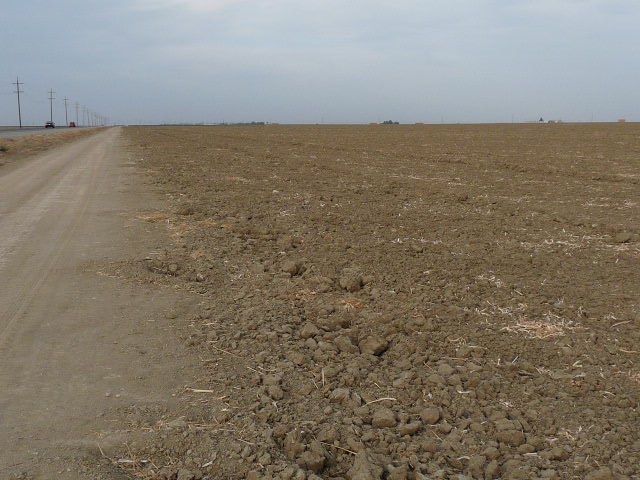Crop Protection
Food Tank’s Farm Tank Summit in Sacramento Reveals Knowledge Gap
Food Tank’s 1st Annual Farm Tank Summit in Sacramento Reveals Gap in Agricultural Knowledge
Good Starting Point for Constructive Conversation
By Patrick Cavanaugh, Farm News Director
Several hundred food activists attended the First Annual Farm Tank Summit in Sacramento last week, hosted by Food Tank, in partnership with the Visit Sacramento, California Farm-to-Fork Program, and University of California, Davis. Danielle Nierenberg, co-founder and president of Food Tank noted having the event in Sacramento enabled West Coast agricultural experts to contribute to the discussion.
“We were really excited to feature California agriculture, because it’s such a huge part of the American economy,” said Nierenberg. “Californians are feeding the world, and we need to really highlight what these amazing producers are doing. When the Farm to Fork program of the Visitors Bureau reached out to us, we were thrilled to partner with such an amazing group of people, as well as UC Davis folks and the Center for Land-Based Learning,” she said.
Food Tank, an abbreviation of Food Think Tank, is a 501(c)3 non profit organization focused on building a global community for safe, healthy, nourished eaters that values education, inspiration and change.
According to their website:
Food Tank is for the 7 billion people who have to eat every day. We will offer solutions and environmentally sustainable ways of alleviating hunger, obesity, and poverty by creating a network of connections and information for all of us to consume and share. Food Tank is for farmers and producers, policy makers and government leaders, researchers and scientists, academics and journalists, and the funding and donor communities to collaborate on providing sustainable solutions for our most pressing environmental and social problems.
The organization begins with the premise, “Our food system is broken. Some people don’t have enough food, while others are eating too much. There’s only one way to fix this problem—and it starts with you and me.”
 With the goal of feeding the hungry world of nine billion people in a few years, “Food Tank highlights hope and success in agriculture. We feature innovative ideas that are already working on the ground, in cities, in kitchens, in fields and in laboratories. These innovations need more attention, more research, and ultimately more funding to be replicated and scaled-up. And that is where we need you. We all need to work together to find solutions that nourish ourselves and protect the planet.”
With the goal of feeding the hungry world of nine billion people in a few years, “Food Tank highlights hope and success in agriculture. We feature innovative ideas that are already working on the ground, in cities, in kitchens, in fields and in laboratories. These innovations need more attention, more research, and ultimately more funding to be replicated and scaled-up. And that is where we need you. We all need to work together to find solutions that nourish ourselves and protect the planet.”
Nierenberg clarified, “I don’t necessarily think we need to scale up food production; I think we need to scale out different innovations that are working. We’re wasting about 1.3 billion tons of food annually. That’s enough to feed everyone who’s hungry today, so we don’t necessarily need to ramp up production. We need to have better distribution, and processing practices that can help get food to people who need it the most,” she said.
“We need the political will behind those things,” she continued, “to build the infrastructure necessary for farmers to have better processing facilities, to have better storage facilities, to have better roads—if we’re talking about the developing world. I don’t necessarily think that we need to invest in producing more calories; we need better calories. We need more nutrient-dense food, and we need less starchy staple crops,” she noted.
Editor’s Note: Activists overtook the stage during the event, and the conversation was notably challenging for panelists. In an effort to Cultivate Common Ground to link consumers with the farmers who grow their nutritious food—and vice versa—California Ag Today has chosen to share some interesting statements from presenters and attendees to illustrate, perhaps, where the discussion could begin:
Regarding farms and processing facilities, big is bad, and small is good.
Regarding food quality, organic produce is healthy and safe, while conventional produce is unsafe and full of pesticides.
One of many moderators from the Bay Area, Twilight Greenaway, managing editor of Civil Eats mistakenly introduced Oscar Villegas, Yolo County Supervisor, District 1, as being from Sacramento County. When Villegas corrected her, Greenaway said, “I’m showing my Central Valley and Bay Area eliteness.”
Eric Holt-Giménez, executive director of Food First, noted that farmworkers are invisible in California agriculture. “There is racism in the fields. We need more worker unions and we need farmworkers to be paid much more than they are now and the farmworkers should be getting pensions from the farmer.”
Michael Dimock, president, Roots of Change, said to the audience, “You guys are doing a great job. Keep doing it. Keep working with your NGOs. They know policy. In turn, they can work with the legislators.”
“You need to be in the capital, pursuading the legislatures to support their bills. They want to be reelected, and if they don’t do what we ask them to do, they are scared.”
“In the meantime, we have to be nice to farmers because farmers are scared. We are putting a lot of pressure on them; They are in a vice. Our movement has supported bills AB 1066 – the overtime bill, minimum wage increases, organic farming legislation, and workers’ rights.”
Kerryn Gerety, founder and CEO, Lazoka, referred to John Purcell, vegetables global R&D Lead, Hawaii business lead, vice president and distinguished fellow, Monsanto Company, and said, “There is an elephant in the room, the Monsanto rep. Monsanto has all the technology patents. We all want transparency and we need you to be more transparent.”
Continuing, “Why doesn’t Monsanto open-source some of your patents and release the intellectual property so others can take advantage of your teçhnology?”
Purcell answered, “We are an Ag company. Why would our company invest a million dollars on technology and let everyone have it? It is our investment and we need to have the opportunity for a return on that investment.
During a panel discussion of food companies including Blue Apron, Almond Board of California, and Bayer CropScience, that covered organics, Jennifer Maloney, food chain sustainability manager, Bayer CropScience, said, “We do support the organic industry, because we have biological products that work in organic as well as conventional [farming].”
Maloney also talked about agricultural Integrated Pest Management (IPM) technology such as smart sprayers that spray only targeted areas.
Matt Wadiak, founder & COO, Blue Apron, responded, “It’s not about smart sprayers; it’s about biological systems in the field and trying to lean on them instead of spraying.”
Maloney replied, “Yes, that is exactly what IPM is.”
Keith Knopf, COO, Raley’s Family of Fine Stores, commented on the organic question, “the way we see organic versus inorganic—that is not the discussion for us. What’s more important to us is, is it the candy bar or the apple?”
This two-day event featured more than 35 speakers from the food and agriculture field, interactive panels moderated by top food journalists, networking, and delicious food, followed by a day of hands-on activities and opportunities for attendees. This was the second in a series of three 2016 Summits, following the Washington, D.C. Food Tank Summit that completely sold out and drew in more than 30,100 livestream viewers. The third Summit will be held in Chicago on November 16, 2016.




































